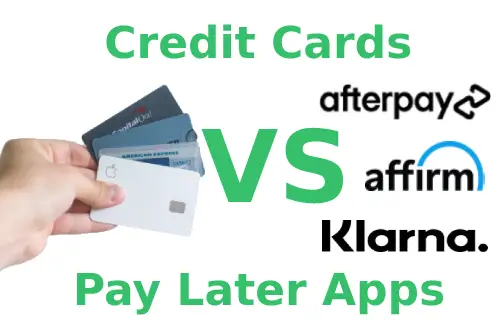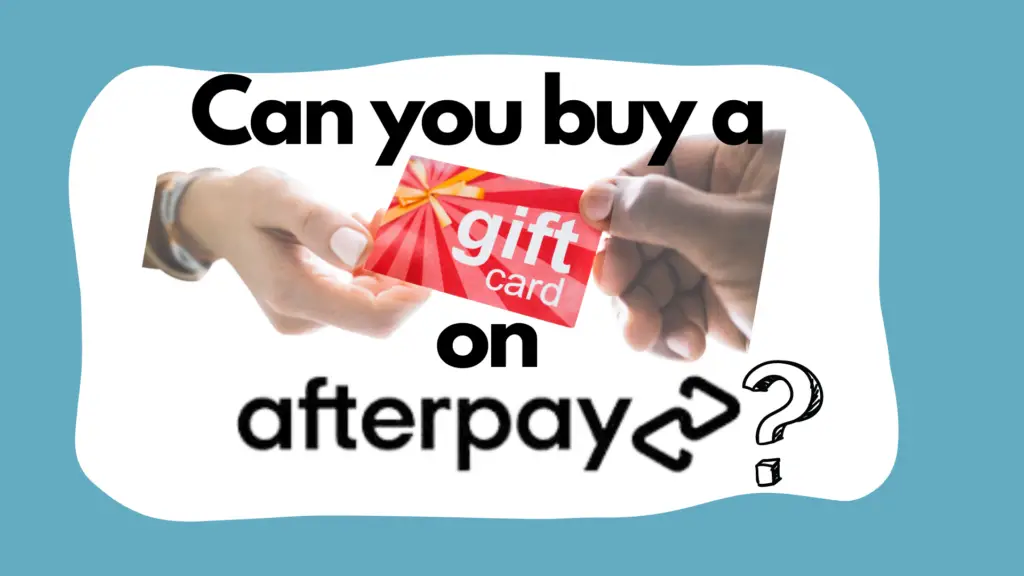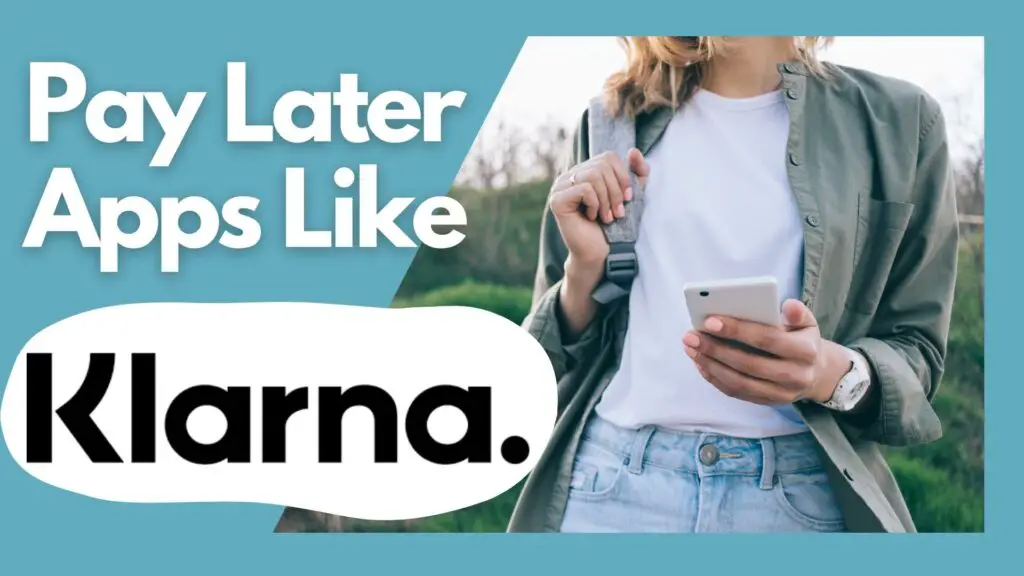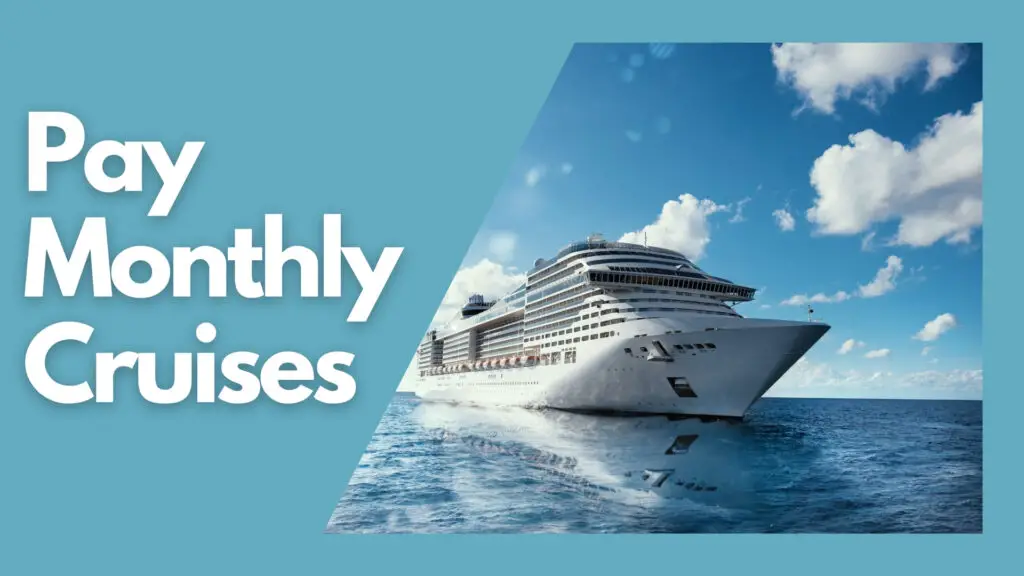For over half a decade, credit cards have made peoples’ lives easier by allowing us to make purchases without immediate funds.
However, repayment must occur within a specified date; otherwise, you risk incurring interest and fees – a classic problem that made national headlines during the 2008 housing crisis and is perhaps the first thing personal finance gurus tell you to steer clear of.
If you don’t own a credit card or if it’s been rejected, you can choose a cardless option in the form of ‘Buy Now Pay Later’ – a newer form of debt that splits payments into future periods without directly involving banks.
Before we compare pay later vs credit cards, let’s take a closer look at how they work.
How Credit Cards Work?
When you want to pay a bill or make a purchase, these bank-issued cards can provide convenience and the potential for saving money if you earn some of the expenditures in rewards. Simultaneously, you can use them to build your credit history through healthy monetary habits.
A credit card is a physical card that functions like a short-term loan. Once you open an account, your company sets a credit limit-the amount the company permits you to use to pay bills or make purchases.
Your accessible credit will decrease as you charge items to the card and you’ll need to repay the amount you spent from your limit to the credit card company.
You can use these cards in stores or online. In whichever case, your card’s details will reach the merchant’s bank. The bank will then obtain authorization from the credit card’s network to process the transaction.
Subsequently, the card issuer will need to verify your information and approve or decline the transaction. If transaction approval takes place, the merchant will receive payment while your card’s accessible credit decreases by the transaction amount.
At the end of a billing cycle, you’ll receive a statement from the card issuer, showing monthly transactions, your former and new balance as well as the due date and minimum payment due.
The grace period denotes the period between the purchase date on a card and the listed due date on a statement. If you pay the entire bill throughout this period, you won’t accrue any interest charges.
On the other hand, if you carry a monthly balance, the card issuer could charge you interest. Your credit card’s APR or Annual Percentage Rate mirrors the cost of carrying an annualized balance.
The APR comprises the interest rate and other expenses, for instance, the annual fee. With most cards, the APR is variable, which implies that it can change.
Pay Later Apps – How it Works
This model is increasingly growing popular, especially among millennials who are facing a challenging post-recession economy. Many have fallen prey to increasing debt levels, whether in the form of credit cards or student loans.
In response, many have resorted to alternatives to handle their daily spending while working towards longer-term monetary goals. One of these alternatives happens to be buy now pay later.
By breaking payments down into manageable portions, this payment plan allows you to stretch your funds to cover a bigger expense or just become smarter when it comes to budgeting for daily purchases.
Simply put, these platforms break down monetary barriers while making the payment process as seamless as possible. While this concept isn’t new, it’s consumer-friendly unlike before. For instance, most platforms don’t charge interest or hidden fees like credit cards. Furthermore, they have an instant approval process and don’t need a hard credit check – giving consumers more breathing room.
Some platforms however will charge you a late fee in case of missed payments and you can only use the platform with businesses that provide it. Although some like Klarna are accessible with many major retailers, their acceptance is limited when compared to credit cards.
Furthermore, if you shop at various outlets, you might find yourself juggling a couple of pay later apps. Credit cards, however, are valid at any business that accepts card payments. This technique allows approved customers-in-store or online to defer the payment of services and goods.
Buy Now Pay Later vs Credit Cards – The Differences
On the surface, credit cards and pay later apps are forms of credit – after all, both services permit you to make purchases without having money upfront. However, some key differences exist in how they function:
Repayment
Although details differ slightly across providers, BPNL services typically expect you to make payments in a specified number of interest-free installments.
These services are unconnected to banks and don’t come with a piece of plastic for payments, unlike credit cards. Instead, pay later apps function more like a subscription service whereby you can sign up for an online account, and depending on the frequency of use and the provider you work with, you might or might not incur a monthly fee.
On the other hand, credit cards don’t have a stipulated repayment schedule. Instead, they have a yearly interest rate and interest-free days. This implies that if you buy something and repay within the allocated interest-free period, you won’t incur interest on that item. If you miss the interest-free period, you can expect annual interest charges.
Application Process
When it comes to pay later platforms, the application process is entirely hassle-free. Credit cards however have a tedious application procedure that entails a long waiting period, unlike pay later apps, which is virtually instant and doesn’t need a hard credit check.
Most pay later apps simply require users to create an account and pay for their items instantly once they obtain approval for the service. The immediate gratification that this payment technique offers is a huge plus for gen z-ers and millennials.
Credit Check
When applying for a credit card, the provider or bank will examine your credit history. Beware that the check will go on your credit report, revealing approval or disapproval. That’s why it’s not recommended to apply for numerous cards within a short period.
By contrast, Afterpay doesn’t require a credit check. Nonetheless, some plans run credit checks or claim they might in some instances. Therefore, it’s worth verifying before signing up. It’s worth noting that a credit check isn’t necessarily bad or good, but too many checks reflect poorly.
Spending Limits
Credit cards have a predetermined limit that can impose a spending cap. However, those limits frequently run into thousands, making it easier to lose track of costs and overspend.
With pay later apps, installments are scheduled and deducted automatically from the card associated with your account to promote timely payment. Furthermore, you don’t have to worry about hidden costs with buy now pay later.
Credit History
If you’re thinking of purchasing a home or securing a loan, your credit history will influence your likelihood of approval. Most pay later plans don’t add to your credit score or history, which implies that they won’t affect your purchasing power.
Credit cards however affect your credit score and history. Therefore, when you obtain a credit card and fulfill the repayment prerequisites, these details will register on your credit report and can help enhance your credit score along with your potential to secure other accounts and loans in the future.
On the flip side, the failure to meet the repayment prerequisites could damage your credit score. You’ll discover this isn’t an issue with Afterpay.
Rewards
If you want to obtain something back for your expenditures, bear in mind that after-pay plans don’t have reward programs. This implies that the major way to obtain points or other perks when using them for shopping is by sticking with stores that have their loyalty programs.
Conversely, credit cards provide more variety in terms of earning points for shopping and travel as well as gift cards or cashback.
Now that we’ve got a firm handle on the differences between pay later apps and credit cards, here’s the pros and cons of each:
Pay Later Apps – The Benefits
Instant Credit Access
This plan falls under the category of “during purchase” payment choice. It ensures consumers enjoy the best shopping experience by granting them instant credit access at the purchase point. Some providers can approve you in minutes, unlike credit providers; this is a huge win for consumers.
Staggered Payment Plans
The core of this plan is issuing credit to customers and allowing them to pay later in installments or with a one-off payment. This means you can make purchases without money. Moreover, installment payments allow customers to organize their finances.
They’re Suitable for Those with Poor Credit
If your credit score is poor, you can gain from this plan because it doesn’t involve hard credit checks. Instead, they perform soft searches, which don’t affect your credit score.
Low to Zero Credit Cost
Buy now pay later is typically interest-free and fee-free. This option is ideal provided you don’t miss a payment.
Security and Safety
This plan helps consumers make secure payments without swiping their PIN and card, inputting their banking details, or transferring cash from an e-wallet. The platform simply generates an OTP and sends it to their registered phone.
Ease of use
Some platforms support a QR-code, which simply allows you to scan the code to make a payment, while others permit you to complete BNPL transactions.
Pay Later Apps – The Drawbacks
Charges for Missed Payments
If you abide by the rules, you won’t incur charges. However, a delay in installment payment could trigger penalties and fees.
Impulse Buying
Unless you’re financially disciplined, this plan can make you engage in impulse buying or splurge. The comfort of recognizing that you can pay later produces an illusion that you can afford virtually anything. This might drive you into debt.
Some of the items bought frequently, for instance, beauty and health products, clothing, and electrical items might appear like small-ticket items, but their cost could add up fast.
Credit Cards – The Benefits
Purchase Protection
Your card might step in to help in case you want to return a defective item or dispute a charge.
Credit History
Credit scores are important if you intend to borrow money. The scores originate partially from your card history and the use of these cards is reported to bureaus that keep an eye on scores.
A track record of making timely payments on your card balance will improve your score considerably. The longer you use these cards, the more you’ll build your history and improve your score immensely.
Reward Programs
You’ll discover that reward programs are as many as cards. The trick is finding a rewards program that matches your spending habits or collaborates with your preferred retailer. These programs can include:
Point Systems
With this program, you earn points depending on the amount you spend and exchange points for gift cards or different rewards – making for good savings if you’re shopping-savvy.
Travel Rewards
These programs offer rewards for travel purchases – you can rack up ‘miles’ to redeem on luxury goods, consumer electronics and flight tickets through certain card providers.
Credit Cards – The Drawbacks
High-Interest Rates
If you carry a monthly balance, you’ll incur interest charges. Interest rates could be as high as 22%, which means you could end up costing you thousands more if you can’t meet repayments.
Fraud
An array of fraud schemes target credit cards. While it’s possible to receive compensation for unlawful transactions, tackling fraud can be stressful and time-consuming. Fraudsters could use phishing methods, skimming devices, and other tricks to steal your money and card details.
Annual Fees
Most credit cards have annual fees, which could be as low as $25 annually or as high as $1200 based on the card you select. Typically, the more perks you seek, the more the annual fee charges.
If you want to prevent this charge, consider obtaining a credit card without annual fees. Just ensure you examine other features to find a card that suits you.
Surcharges
Businesses frequently apply a surcharge when you use a credit card for payments. For Visa and Mastercard, the fee is typically between 0.5% and 2% of the transaction cost.
Other Fees
Other charges can add up fast. You could incur charges if you miss a payment, surpass your credit limit, or incur fees for overseas transactions.
Pay Later Apps vs Credit Card – The Conclusion
These days, numerous options exist when it comes to making online payments. It’s no wonder customers are increasingly seeking convenient options that will help them save. While some are opting for BNLP platforms, others use credit cards for purchases.
Regardless of the option you choose, ensure you understand the associated benefits and drawbacks – we hope that this article has made the choice easier for you.





